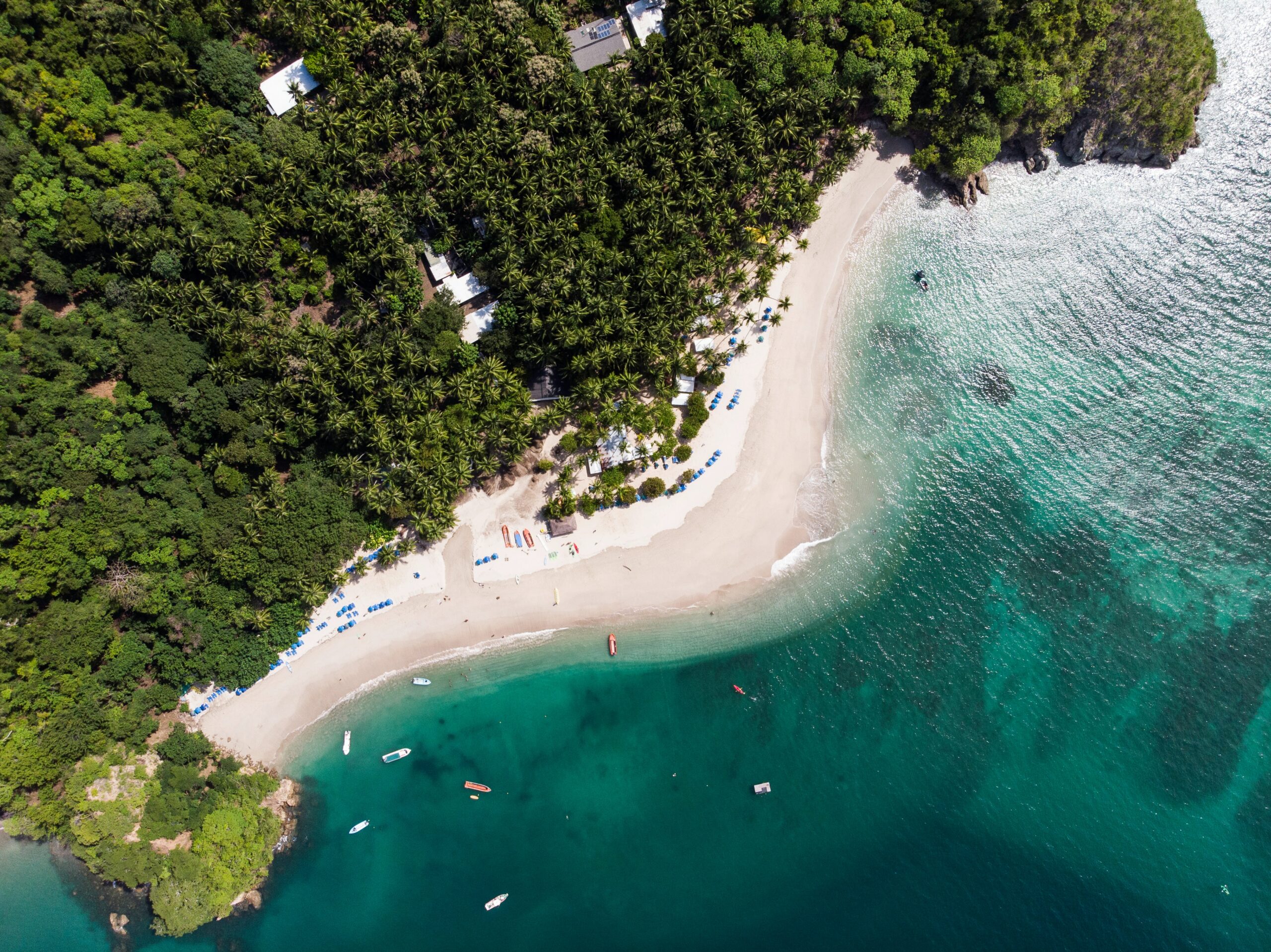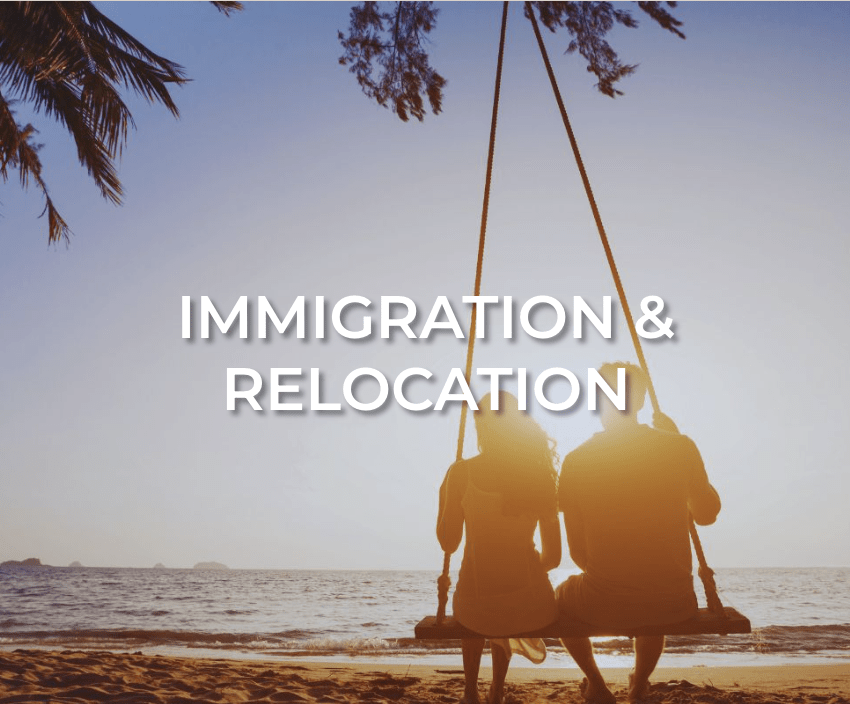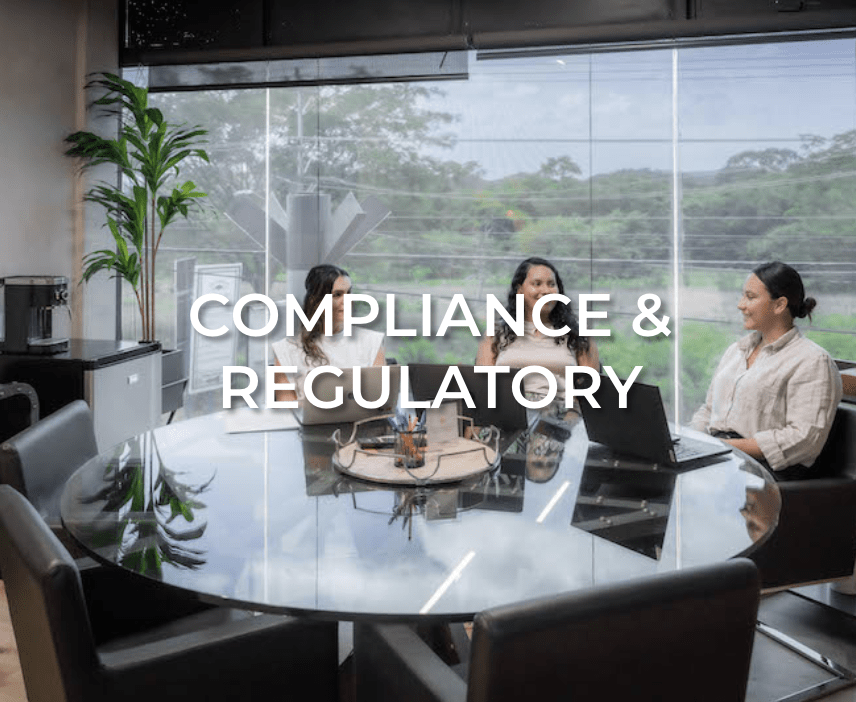

Abc’s of Playa Brasilito Zoning Plan
by Quatro Legal Immigration Team | March 21, 2025

Playa Brasilito, on Costa Rica’s Pacific coast, is a tranquil beach with golden-brown sand and calm waters. Less touristy than nearby Playa Conchal, it retains a rustic charm with local restaurants, fishing boats, and stunning ocean sunsets. Ideal for swimming, walking, and relaxation, it offers a perfect blend of authenticity and adventure.
A Zoning Plan in Costa Rica is a legal framework that regulates land use and guides urban and rural development to promote sustainable growth and environmental protection. Approved by municipalities, it classifies land into specific zones—residential, commercial, industrial, and conservation—setting regulations on buildings, density, and permitted activities.
Access to the full zoning plan HERE (This zoning plan is provided for informational purposes only and may not reflect the most recent updates or changes in regulations. Users are advised to consult with Quatro Legal to ensure compliance with the latest laws and guidelines).
The objective of the ZP in Playa Brasilito, is to balance conservation, tourism, and community needs. It was updated in 2002, the plan defines specific land uses, ensuring sustainable development while preserving the area’s natural beauty.
Zoning Categories, Uses, and Key Regulations and Restrictions
The zoning plan for Playa Brasilito divides the coastal sector into distinct areas, each with specific regulations and purposes. These include the Public Zone, ensuring public access to the beach; Green and Park Zone, designated for recreational spaces; and Mangrove Protection Zone, safeguarding critical ecosystems.
Residential areas are divided into Local Residential Zone and Recreational Residential Zone, while tourism accommodations are categorized into Hotel and Cabins Zone, Low-Density Lodging Zone, and Cabin Zone.
Essential infrastructure is covered under Basic Services Zone and Community Facilities Zone, whereas economic activities fall within the Commercial Zone, Private Tourist Commercial Zone, and Cooperative Zone.
Transportation and accessibility are managed through the Road and Parking Zone and Private Parking Zone, while conservation efforts extend to the River Protection Zone.
Here are some examples of interest:
Residential and Recreational Use Zones (ZRR per its acronym in Spanish)
| Category | Details |
| Purpose | Temporary housing and recreational activities while maintaining environmental integrity. |
| Location | Identified in the zoning map with the initials ZRR. |
|
Permited Uses |
Single-family housing, Sports areas, Green spaces, and Forestry projects. |
|
Conditional Uses |
Low-density cabins, small restaurants, artisan shops, beach equipment rentals (under specific guidelines). |
|
Conflciting uses |
Hotels, Bars, Nightclubs, Shopping centers, Material storage, Workshops, Industries, and any other activity that emits noise, bad odors, vibrations, or pollution. |
| Requirements | All construction plans must integrate with the natural surroundings and obtain approval from governmental agencies. |
Hotel and Cabins Zone – Concession (ZHC per its acronym in Spanish)
| Category | Details |
| Purpose | Support tourist accommodations and related services. |
| Location | Identified in the zoning map with the initials ZHC |
|
Permited Uses |
Hotels, cabins, restaurants, bars, recreational areas, tourism-related businesses. |
|
Conditional Uses |
Anything tourism-related businesses. |
|
Conflciting uses |
High-density or large-scale developments beyond set limits. |
| Requirements |
Area: Minimumof 5,000 m²- maximum of 20,000 m², 50% of area coverage limit, Maximum height: 2 floors. Allowed density: 50 rooms per hectare, with no future expansion beyond existing structures. |
Hotel and Cabin Zone on Private Property (ZHCP per its acronym in Spanish)
| Category | Details |
| Purpose | Strengthen tourism accommodation by incorporating private property with tourism-related functions. |
| Location | Identified in the zoning map with the initials ZHCP |
|
Permited Uses |
Hotels, restaurants, bars, cafes. |
|
Conditional Uses |
Anything tourism-related businesses. |
|
Conflciting uses |
Developments that do not comply with environmental and urban planning regulations. |
| Requirements | Projects must be submitted for approval to the Municipality, comply with the Urban Planning Law, SETENA-MINAET regulations, and construction/subdivision rules. Ideally, projects should include continuous ecological barriers and paths between the beach, with a maximum density of 50 rooms per hectare if permitted by the terrain and area. |
How the Plan Affects Property Owners and Developers
Understanding the zoning plan is essential for compliance and avoiding legal issues. It defines permitted uses, impacts investments, building permits, and property value.
How Do I Know What Zoning Category My Property Falls Under?
To determine the zoning classification of a property, you need to obtain a Land Use Certificate (Certificado de Uso de Suelo) from the Municipality. This certificate provides detailed information on the zoning designation and permitted activities.
∙How to Apply: Submitting the requested form and requirements to the Municipality of Santa Cruz.
∙Information Provided: The permitted use and zoning plan area that affects the property.
∙Why It’s Important: A land use permit is essential as it regulates permitted activities on a property, ensuring compliance with zoning laws and sustainable development.It prevents legal issues, protects investments, and promotes orderly urban growth.
In Conclusion
all measures implemented by the regulatory plan must be thoroughly considered when analyzing potential properties for future investment or development ideas. A comprehensive due diligence process is essential to ensure that the property aligns with the desired development objectives. This process should include expert legal advice and careful verification of the allowed land use and zoning regulations. Additionally, obtaining key documents such as the surface use certificate from the municipality, as well as conducting technical due diligence, plays a crucial role in assessing the feasibility of the project.
If you have any questions or would like to discuss your case further, please don’t hesitate to get in touch. We’re here to assist you!
María Fernanda Alvarez Restrepo
Phone: (506) 2103-7294
Email: mar@quatro.legal
Get a free consultation 
Disclaimer: The information provided in this blog post is for general informational purposes only and is not intended to constitute legal advice. While we strive to ensure the accuracy and timeliness of the content, laws and regulations are subject to change. For the most accurate and up-to-date information, please contact our office directly. Some images may be AI generated.
Get To Know Quatro Legal

We’re bringing empathy and excellence back to legal counseling. Quatro Legal is built on a bedrock of kindness, a passion for service, and a commitment to guiding you through your legal challenges with ease.
OUR SERVICES
EXPLORE BY
category
REAL
ESTATE
CORPORATE
COSTA RICA
LIFESTYLE
LABOR & EMPLOYMENT
CLIENT
TESTIMONIALS
FREE TRADE
REGIME









